background-image: url(img/people.png) .left-column50[ # Week 1: Accessibility: In Class Activities CSEP 590b, Winter 2023 ] --- name: normal layout: true class: --- # Important Reminder ## This is an important reminder ## Make sure zoom is running and recording!!! --- [//]: # (Outline Slide) # Learning Goals for today - What is Accessibility? Disability? Models of disability? - History of disability rights - **Understand terms about and models for disability-centered design** - What is Disability Justice --- # Some terms used in Accessibility .left-column50[ Accommodation - Co-producing access for all participants in a space or event - Legally mandated, but also so much more ] .right-column50[ An important goal of this class is to put the things that we are learning in lecture directly into practice. We will start with the concept of accommodation, co-producing access for all participants in a space or event ] --- <iframe src="https://embed.polleverywhere.com/discourses/MzMr3m6Fga0F0eCrzSgDv?controls=none&short_poll=true" width="800px" height="600px"></iframe> --- # How would you implement this in a work setting? Small group discussion; Summarize your discussion on [Ed](https://us.edstem.org/courses/31170/discussion/2347303) --- # Some terms used in Accessibility .left-column50[ Accommodation - Co-producing access for all participants in a space or event - Legally mandated, but also so much more Universal Design (why is this problematic?) - One design works for everybody - Typical example: curb cuts ] -- .right-column50[ Ability-Based Design - Jacob Wobbrock - Technology that adapts to the abilities of the user in their current context ] -- .right-column50[ Disability Rights Based Design - Design informed by disability studies ] --- # Centering Disability Rights in Design The **central philosophy** in this class .left-column50[ Design Process principles - Making space for disabled voices - Not wasting disabled time - Informed by [Disability Justice](https://static1.squarespace.com/static/5bed3674f8370ad8c02efd9a/t/5f1f0783916d8a179c46126d/1595869064521/10_Principles_of_DJ-2ndEd.pdf) and [Disability Theory](https://dl.acm.org/doi/10.1145/3373625.3416996) ] .right-column50[ Design outcome principles - Centering Agency and Control; Interdependence and Independence - Addressing intersectionality within disability (multiply disabled people & multiple disabled people) - Addressing intersectionality with other identities - No segregation ] ??? Finding first person accounts Considering things like disclosure and invisibility We'll talk about this in various ways a lot in the next month --- background-image: url(img/accessibility/old-phones.jpg) .left-column[ ## .white[Case Study: The iPhone] .white[ MacWorld Keynote '07 ]] ??? Originally neither universal design nor ability-based design --- background-image: url(img/accessibility/jobs-iphone.jpg) .bottom[ .white[The phone Jobs is holding is small, flat, and without any tangible information accessible to a blind person] ] ??? Originally neither universal design nor ability-based design --- .left-column[ ## Sliderule: The first mobile screen reader] .right-column[ 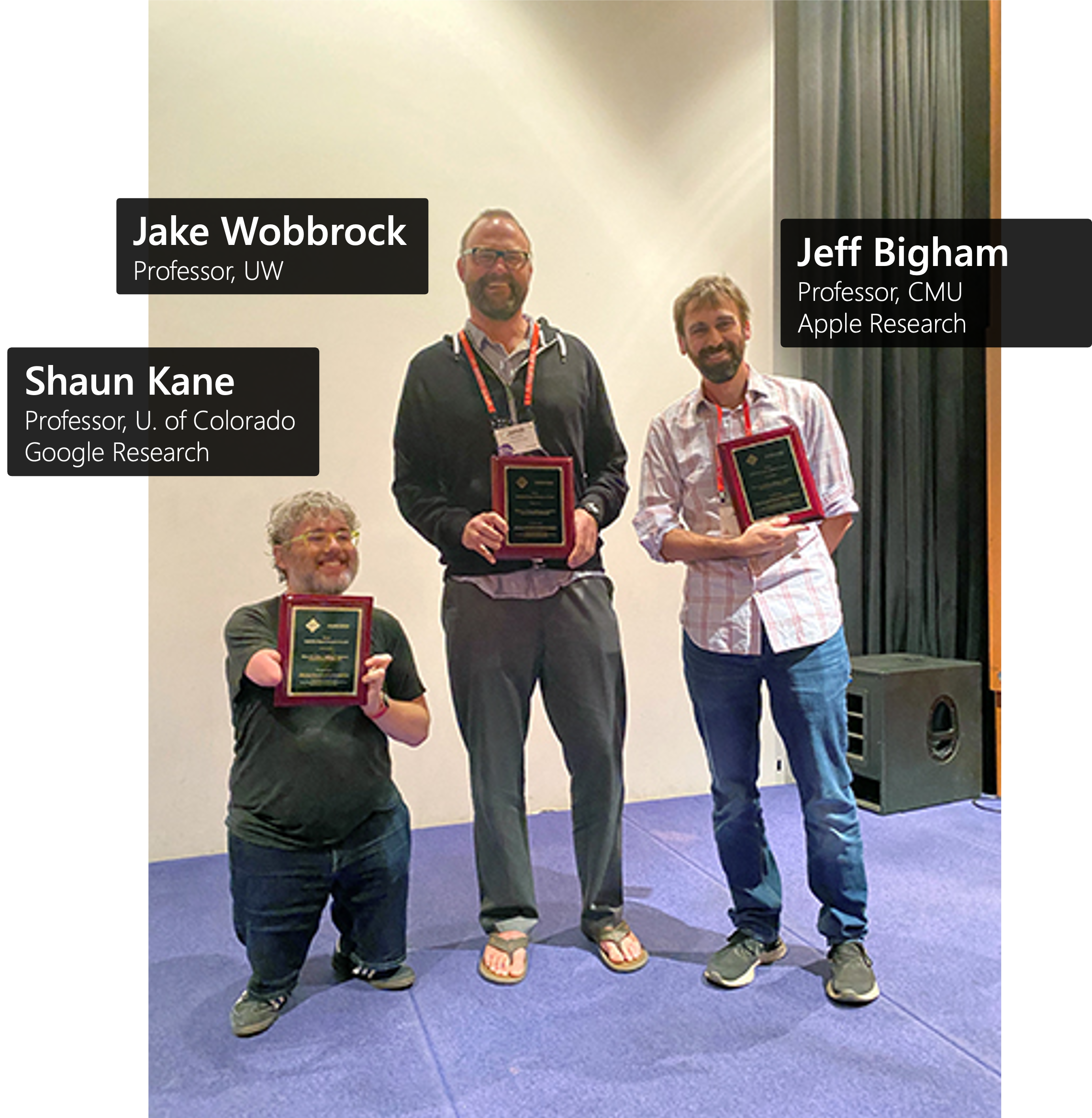 ] --- ## Sliderule: The first mobile screen reader ![:youtube Sliderule Video, 496IAx6_xys] --- # Translation to iPhone .column[ .centerh[ 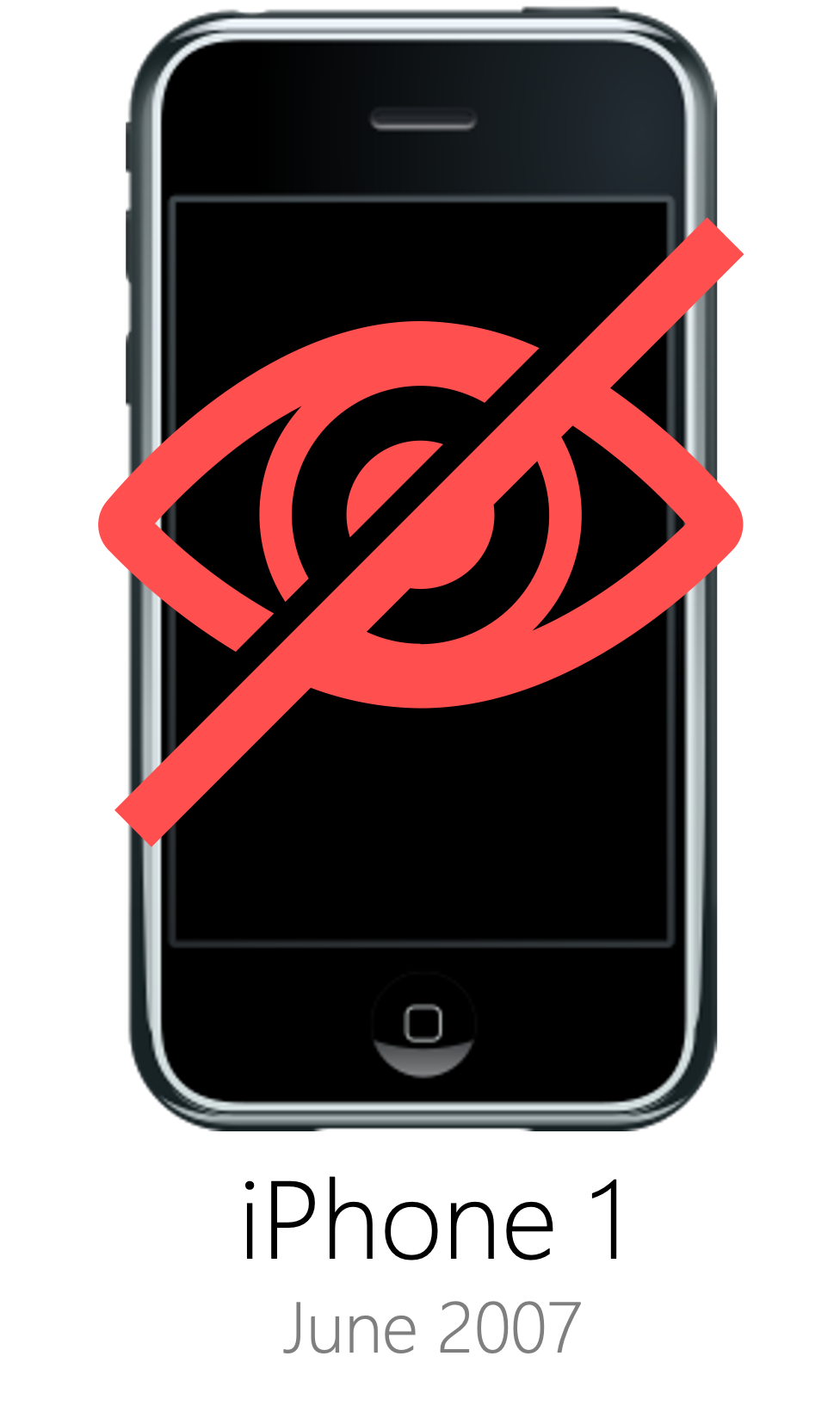 ] ] .column[ .centerh[ 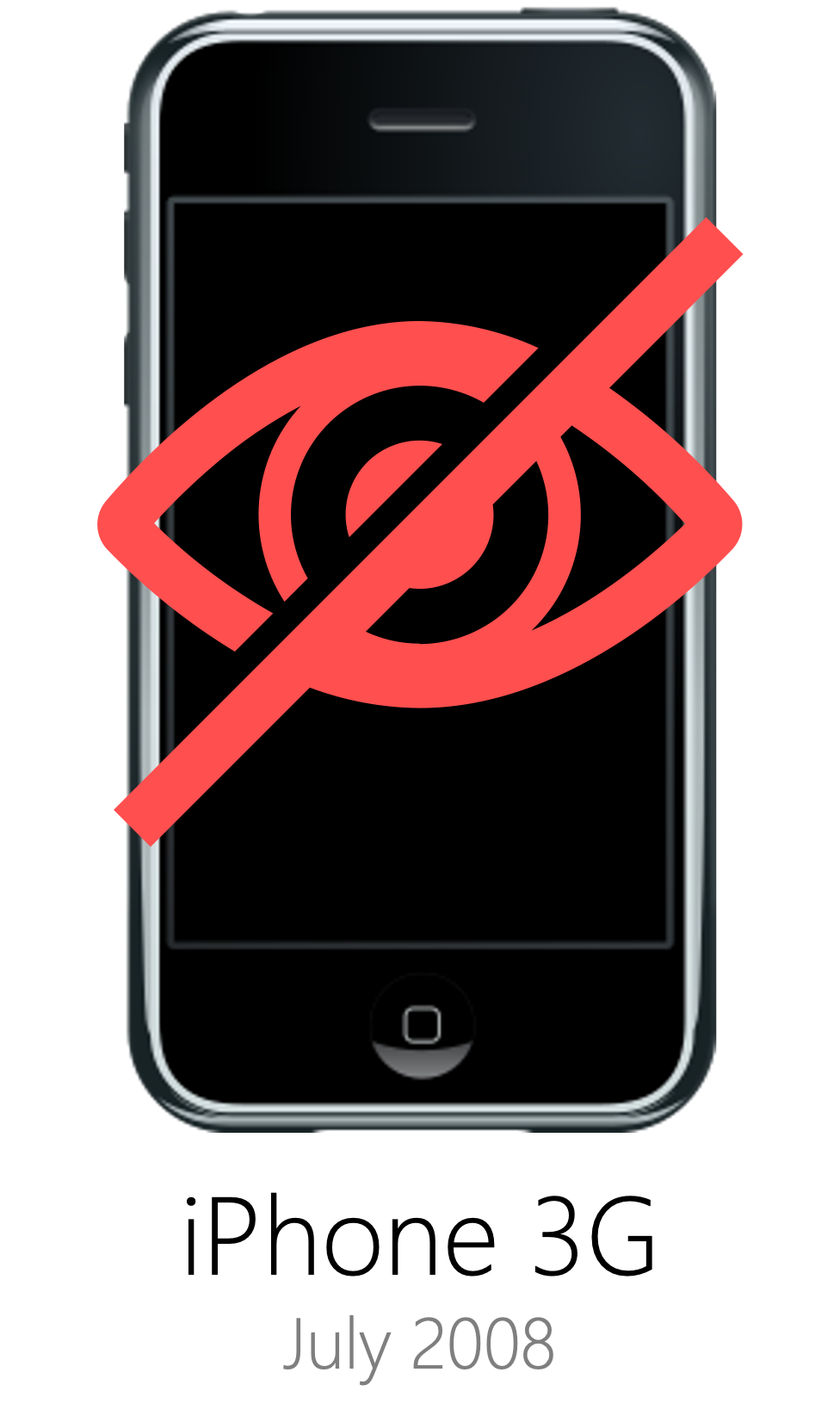 ] ] .column[ .centerh[ 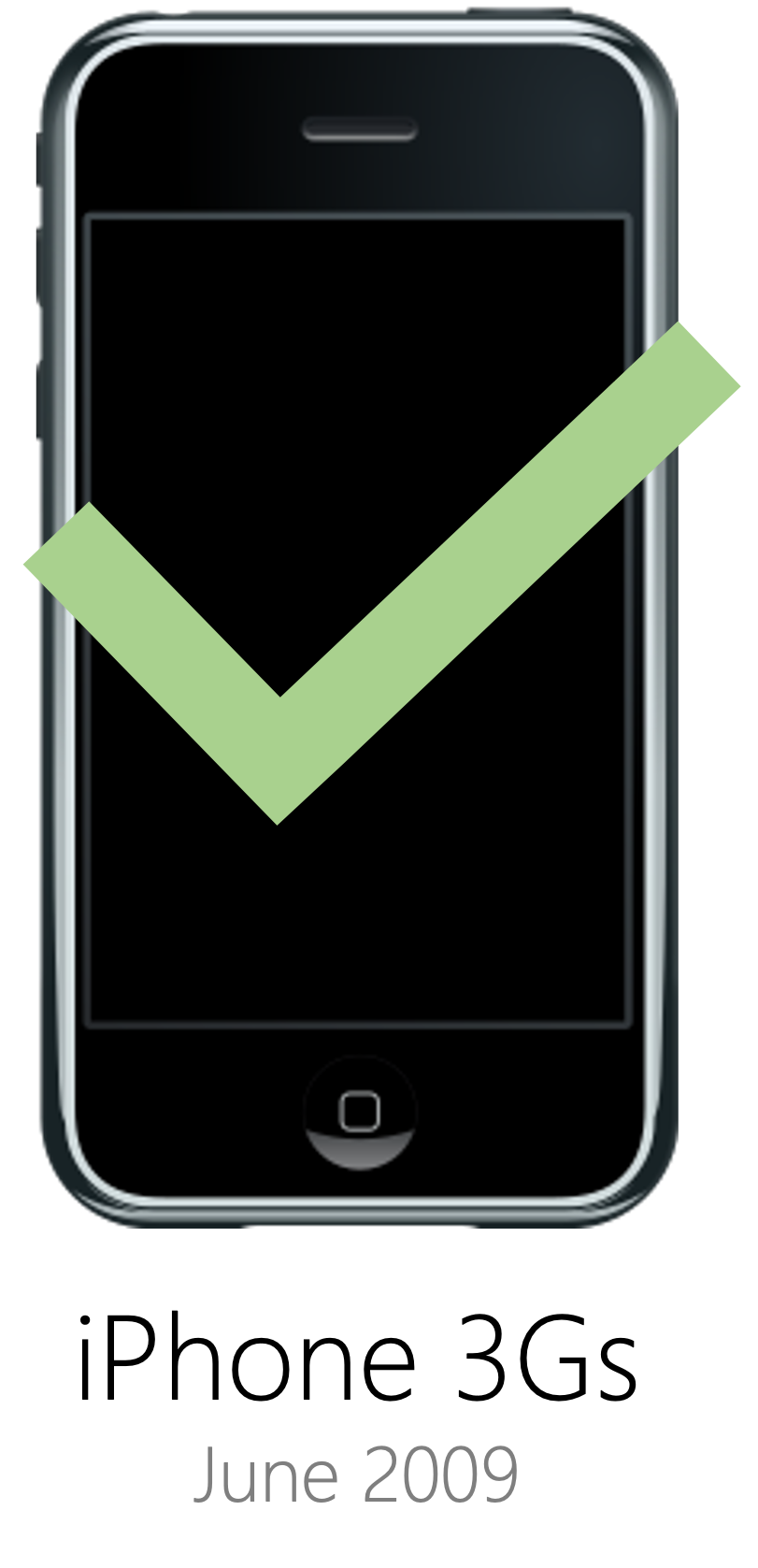 ] ] --- background-image: url(img/accessibility/iphone-now.png) # Accessibility in the iPhone .left-column60[ Many pages of accessibility settings - VoiceOver – reads what is on screen - Speech recognition for controlling device - Zoom – screen magnifier – 3 finger tap - Closed captions on videos - AssistiveTouch – so don’t need multiple fingers, don’t need to press Home button, etc. - Switch Control (IOS7 and later): - Optional connection to external switch or [head movement with built in camera](https://www.youtube.com/watch?v=RXF2ThtYXzM) ] --- # Analyzing the iPhone from an disability rights perspective - Does it center agency and control? - Does it consider disclosure and visibility handled? - Does it account for multiple disabled people & multiply disabled people? - Does it address intersections with other identities? - Does it segregate disabled people Small group discussion; Summarize your discussion on [Ed](https://us.edstem.org/courses/31170/discussion/2342976) --- [//]: # (Outline Slide) # Learning Goals for today - What is Accessibility? Disability? Models of disability? - History of disability rights - Understand terms about and models for disability-centered design - **What is Disability Justice** --- # Disability Justice Principles 1. INTERSECTIONALITY(*) "we are many things, and they all impact us." [Sins Invalid](https://www.sinsinvalid.org/) disability based performance project defines [10 principles of disability justice](https://static1.squarespace.com/static/5bed3674f8370ad8c02efd9a/t/5f1f0783916d8a179c46126d/1595869064521/10_Principles_of_DJ-2ndEd.pdf) which are: (*) Feminist theorist Kimberlé Crenshaw coined intersectionality in 1989 to describe the experiences of Black women, who experience both racism and sexism. ??? “We do not live single issue lives” –Audre Lorde. Ableism, coupled with white supremacy, supported by capitalism, underscored by heteropatriarchy, has rendered the vast majority of the world “invalid.” --- # Disability Justice Principles 1. INTERSECTIONALITY "we are many things, and they all impact us." 2. LEADERSHIP OF THOSE MOST IMPACTED helps us stay grounded by those we serve ??? “We are led by those who most know these systems.” –Aurora Levins Morales lifting up, listening to, reading, following, and highlighting the perspectives of those who are most impacted by the systems we fight against." by centering the leadership of those most impacted, we keep ourselves grounded in real-world problems and find creative strategies for resistance. " --- # Disability Justice Principles 1. INTERSECTIONALITY "we are many things, and they all impact us." 2. LEADERSHIP OF THOSE MOST IMPACTED helps us stay grounded by those we serve 3. ANTI-CAPITALIST POLITICS "we resist conforming to 'normative' levels of productivity in a capitalist culture" ??? In an economy that sees land and humans as components of profit, we are anti-capitalist by the nature of having non-conforming body/minds. Capitalism depends on wealth accumulation for some (the white ruling class), at the expense of others... Our worth is not dependent on what and how much we can produce. --- # Disability Justice Principles 4) CROSS-MOVEMENT SOLIDARITY "Through cross-movement solidarity, we create a united front." ??? disability justice lends itself to politics of alliance. Align with racial justice, reproductive justice, queer and trans liberation, prison abolition, environmental justice, anti-police terror, Deaf activism, fat liberation, and more... challenging white disability communities around racism and challenging other movements to confront ableism. -- 5) RECOGNIZING WHOLENESS "Disabled people are whole people." ??? People have inherent worth outside of commodity relations and capitalist notions of productivity. Each person is full of history and life experience. Each person is full of history and life experience. Each person has an internal experience composed of our own thoughts, sensations, emotions, sexual fantasies, perceptions, and quirks. -- 6) SUSTAINABILITY "pace ourselves, individually and collectively" ??? We pace ourselves, individually and collectively, to be sustained long term. Our embodied experiences guide us toward ongoing justice and liberation. to be sustained long-term, value the teachings of our bodies and experiences, and use them as a critical guide and reference point to help us move away from urgency and into a deep, slow, transformative, unstoppable wave of justice and liberation. -- 7) COMMITMENT TO CROSS-DISABILITY SOLIDARITY "isolation undermines collective liberation" ??? even and especially those who are most often left out of political conversations. Break down the isolation between people with physical impairments, people who are sick or chronically ill, psych survivors and people with mental health disabilities, neurodiverse people, people with intellectual or developmental disabilities, Deaf people, Blind people, people with environmental injuries and chemical sensitivities, and all others who experience ableism and isolation that undermines our collective liberation. --- # Disability Justice Principles 8) INTERDEPENDENCE "We work to meet each other's needs" rather than depending on state solutions ??? the liberation of all living systems and the land as integral to the liberation of our own communities, as we all share one planet. We work to meet each other’s needs as we build toward liberation, knowing that state solutions inevitably extend into further control over lives. -- 9) COLLECTIVE ACCESS "We can share responsibility for our access needs ... balance autonomy while being in community" ??? AS brown, black and queer-bodied disabled people we bring flexibility and creative nuance that go beyond able-bodied/minded normativity, to be in community with each other. ... Access needs aren’t shameful — we all function differently depending on context and environment. Access needs can be articulated and met privately, through a collective, or in community, depending upon an individual’s needs, desires, and the capacity of the group. We can share responsibility for our access needs, we can ask that our needs be met without compromising our integrity, we can balance autonomy while being in community, we can be unafraid of our vulnerabilities, knowing our strengths are respected. -- 10) COLLECTIVE LIBERATION No body or mind can be left behind – only moving together can we accomplish the revolution we require. ??? We move together as people with mixed abilities, multiracial, multi-gendered, mixed class, across the sexual spectrum, with a vision that leaves no bodymind behind. --- Case study: One-way Masking Disability Perspective [FastCompany Article](https://www.fastcompany.com/90790893/im-a-chronically-ill-student-and-one-way-masking-isnt-enough) .quote[I challenge people who are not at high risk for COVID-19 complications to think about what it must be like trying to attend university (or go into work every day) while also trying to avoid getting COVID-19.] .quote[Why wouldn’t people wear a mask to protect “vulnerable” members of our community, who are statistically part of every college campus? Why is it always the disabled or chronically ill student or professor who has to ask people to wear masks? Why can’t people just show solidarity? I ask myself these questions daily.] - A chronically ill Berkeley student --- # Case study: One-way Masking .quote[We know masks are effective in laboratory studies, and we know they are effective as part of personal protective equipment for health care workers. But that effect appears diminished in community usage. ] .left-column50[ - [Masks hide facial expressions & exacerbate racial bias](https://theconversation.com/face-masks-hide-our-facial-expressions-and-can-exacerbate-racial-bias-155250) - Masks make lipreading harder - Individual risk of severe COVID is [lower for vaccinated people with no risk factors](https://www.cdc.gov/coronavirus/2019-ncov/vaccines/vaccine-benefits.html#:~:text=COVID%2D19%20vaccination%20helps%20protect,associated%20with%20COVID%2D19%20infection.) - Political [resistance](https://theconversation.com/mask-wearing-wasnt-disputed-in-previous-crises-so-why-is-it-so-hotly-contested-today-171536) and [beliefs](https://theconversation.com/face-masks-cut-disease-spread-in-the-lab-but-have-less-impact-in-the-community-we-need-to-know-why-147912) - Questions about the [science of masking](https://theconversation.com/face-masks-cut-disease-spread-in-the-lab-but-have-less-impact-in-the-community-we-need-to-know-why-147912) ] .right-column50[ 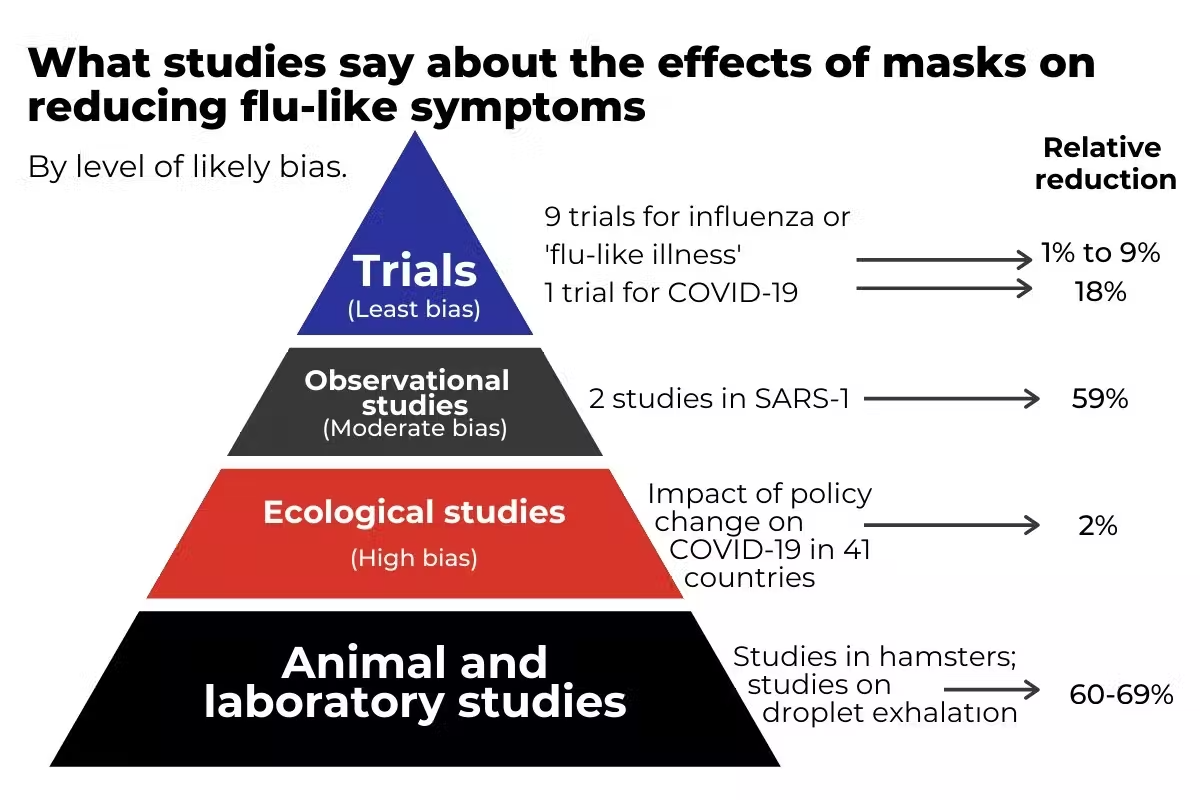 ] --- # Your goal: Analyze 1-way masking from a Disability Justice Perspective: [Ed Post](https://edstem.org/us/courses/31170/discussion/2345037) .left-column50[ 1) Intersectionality 2) Leadership of those most impacted 3) Anti-capitalist politics 4) Cross-movement solidarity 5) Recognize wholeness] .right-column50[ 6) Sustainability 7) Commitment to cross-disability solidarity 8) Interdependence 9) Collective access 10) Collective liberation ] ??? Break into small groups and discuss